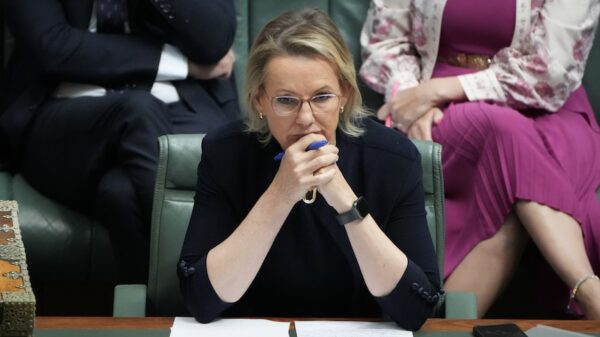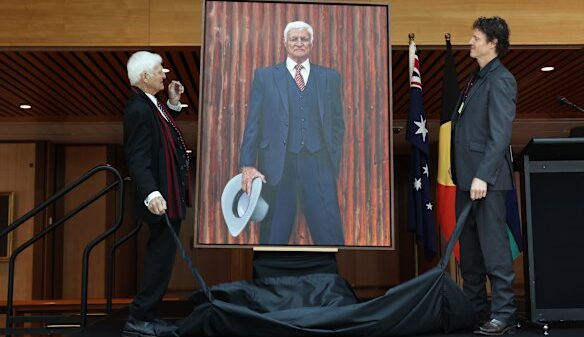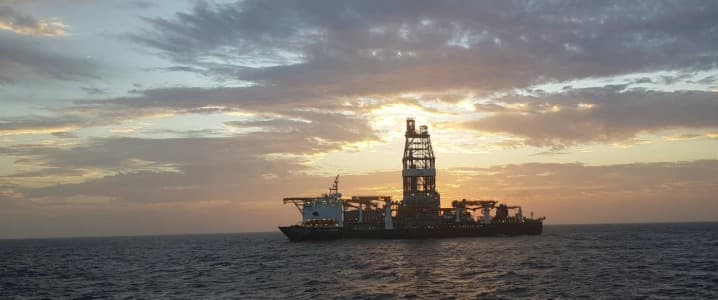The floating liquefied natural gas (FLNG) sector is experiencing a remarkable transformation, evolving from a niche market to a key player in the global gas industry. According to analysts at Rystad Energy, global FLNG capacity is expected to more than triple by 2030, reaching an impressive 42 million tonnes per annum (Mtpa). This growth is projected to climb further to 55 Mtpa by 2035, nearly quadrupling the 14.1 Mtpa recorded in 2024.
Several factors contribute to this rapid expansion. First, utilization rates for FLNG facilities have improved significantly, averaging 86.5% in 2024 and holding steady at 76% in 2025. This performance places FLNG on par with traditional onshore terminals, reflecting a maturing market that has overcome the challenges that once plagued it.
The industry has particularly moved past the pitfalls associated with projects like Shell’s Prelude, which suffered from a high cost of $2,114 per tonne and inconsistent performance. Current project economics have shifted, with new developments in the U.S. Gulf Coast averaging around $1,054 per tonne. Cost reductions have also been achieved through vessel conversions; notably, the Cameroon FLNG project reported costs as low as $500 per tonne.
Rapid Deployment and Market Demand
The ability to deliver new FLNG projects quickly is another significant advantage. Newbuild FLNG facilities can be operational in as little as 2.85 years, compared to an average of 4.5 years for traditional onshore plants. Given the current tight market, where demand from countries like Egypt, Europe, and Asia is surging, the speed of deployment is crucial for meeting energy needs.
Egypt, for instance, has secured substantial imports and is preparing to increase its acquisition of FLNG resources. As both Asia and Europe compete for spot cargoes, the flexibility of mobile FLNG assets allows for rapid redeployment to regions with the highest demand.
Future Prospects for Floating LNG
While the bullish forecast for FLNG capacity growth is promising, questions remain about the sector’s ability to fully meet this potential. Nonetheless, with capital costs decreasing, project timelines shortening, and previously stranded reserves becoming accessible, the floating LNG industry is on a positive trajectory.
The evolving landscape indicates that floating LNG is no longer an uncertain venture; it is firmly establishing itself as a vital component of the global energy supply chain. As the industry continues to innovate and adapt, stakeholders are optimistic about the future of this once-overlooked segment of the gas market.



































































